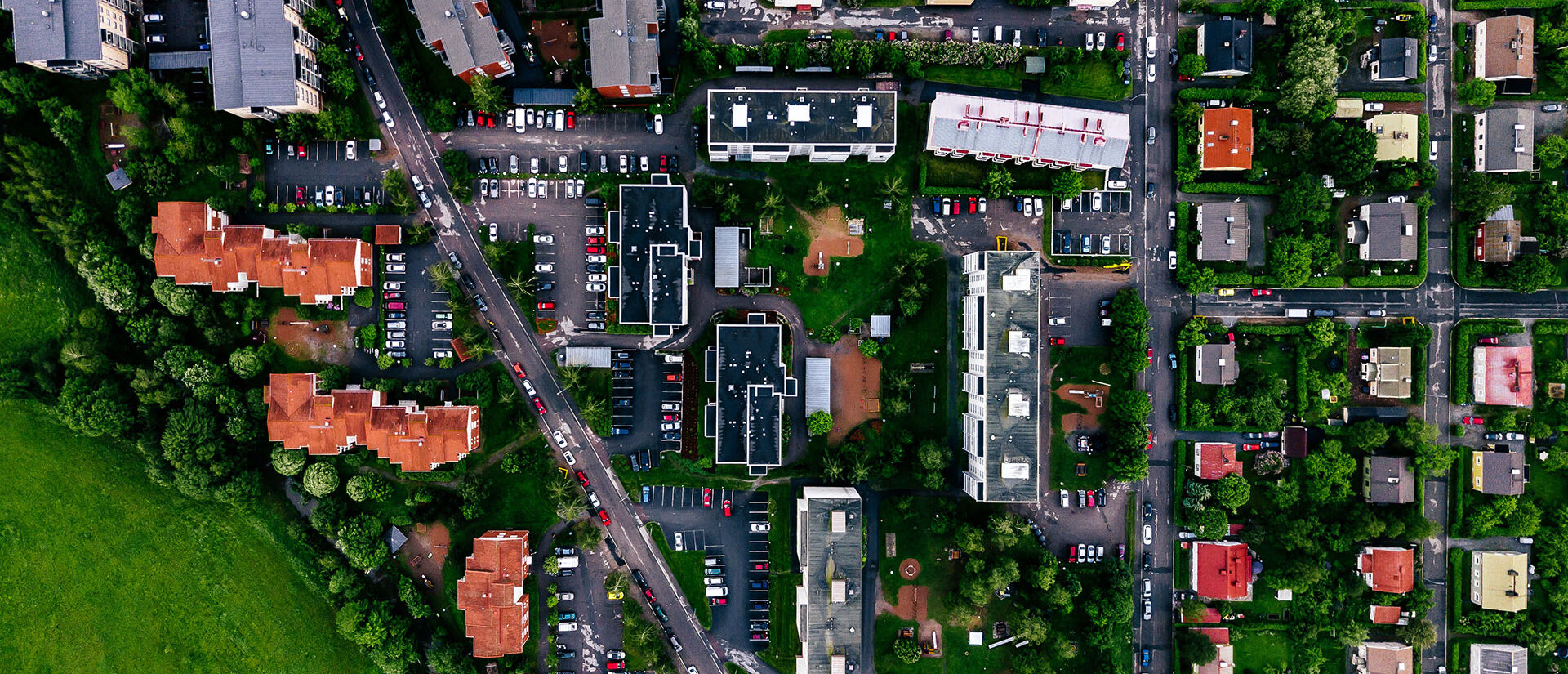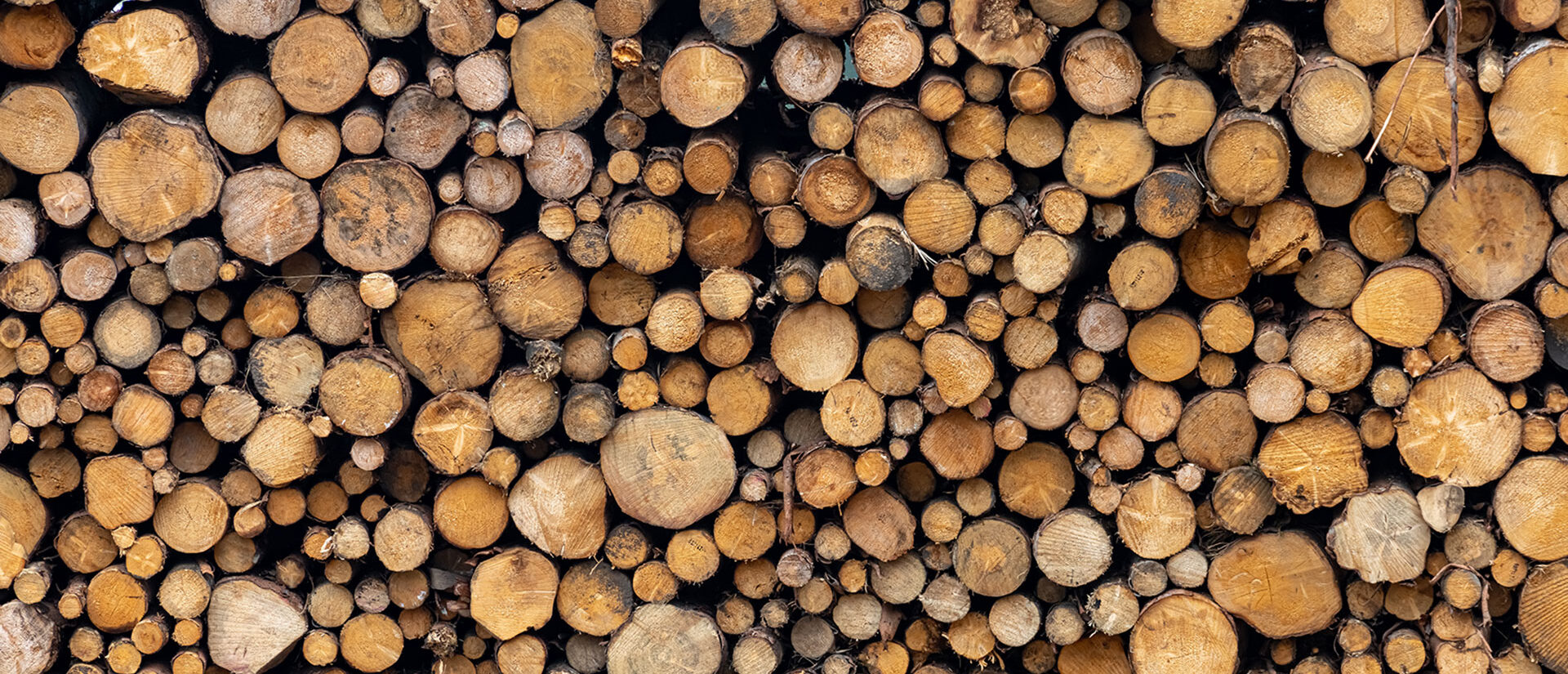- Ruokamarkkinat
- PTT Raportteja
MARTTI PATJAS. 2003. MAIDON, NAUDANLIHAN JA SIANLIHAN TUOTANTOKUSTANNUKSET SUOMESSA, RUOTSISSA, TANSKASSA JA SAKSASSA. Pellervon taloudellisen tutkimuslaitoksen raportteja n:o 189. 63 s. ISBN 952-5299-76-7, ISSN 1456-3215.
TIIVISTELMÄ: Kotieläintuotannon rakenne vaihtelee huomattavasti tutkimuksen vertailumaissa. Kotieläintilojen keskikoko on pienin Suomessa, ja kotieläintiloilla on peltoa suhteessa eläinmäärään selvästi enemmän Suomessa ja Ruotsissa kuin Tanskassa ja Saksassa. Muuttuvat kustannukset ovat merkittävin kustannuselementti kaikilla vertailualueilla, ja ruokintakustannus muodostaa valtaosan muuttuvista kustannuksista. Yleis- ja työkustannukset ovat Suomessa korkeimmat ja osuudeltaan merkittävimmät, kun tilan ulkopuolisten panosten käyttö on Tanskassa ja Saksassa selvästi merkittävämpää. Tilojen kokonaistyöpanos on todella huomattava Suomessa erityisesti suhteessa pieneen tilakokoon. Epäsuotuisat tuotanto-olot nostavat kustannuksia huomattavasti, mikä näkyy etenkin tutkimuksen suomalaisten kotieläintilojen mittavassa työkustannuksessa. Kone- ja rakennuskapasiteetti on suhteessa tilakokoon suuri ja tilojen poisto-, kunnossapito- sekä energiakustannukset ovat korkeat Suomessa ja Ruotsissa. Lisäksi peltolohkot ovat Suomessa pieniä ja etäällä toi-sistaan. Pohjoinen ilmasto, harva asutus ja tiettyjen keskeisten resurssien niukkuus rajoittavat samalla merkittävästi kotieläintuotannon rakennekehitystä Suomessa.
Asiasanat: tuotantokustannukset, kotieläintuotanto, kustannusanalyysi
MARTTI PATJAS. 2003. PRODUCTION COSTS OF MILK, BEEF AND PIG MEAT IN FINLAND, SWEDEN, DENMARK AND GERMANY. Pellervo Economic Research Institute Reports No. 189. 63 p. ISBN 952-5299-76-7, ISSN 1456-3215.
ABSTRACT: In the countries examined, livestock production structures vary significantly. Livestock farms are smallest in Finland and also the stocking density of livestock farms is typically low in Finland and in Sweden compared with Denmark and Germany. Specific costs are the main production cost elements in each region, and feeding is the most important specific cost. Farming overheads and labour costs are highest in Finland, whereas external cost factors are relatively more significant in Denmark and Germany. The total labour cost is considerable in Finland, especially in relation to the small average size of farms. Unfavourable regional conditions increase production costs in agriculture. Farm family labour input is substantial on the Finnish livestock farms studied. Use of machinery and building capacity in relation to average farm size is intensive, and depreciation, maintenance and energy costs are respectively significant in Finland and in Sweden. Farms in Finland also suffer from the small size of fields and long distances between them. The northern climate, sparse population and scarcity of certain key resources restrict structural development of Finnish livestock production.
Key words: production costs, livestock production, cost analysis

